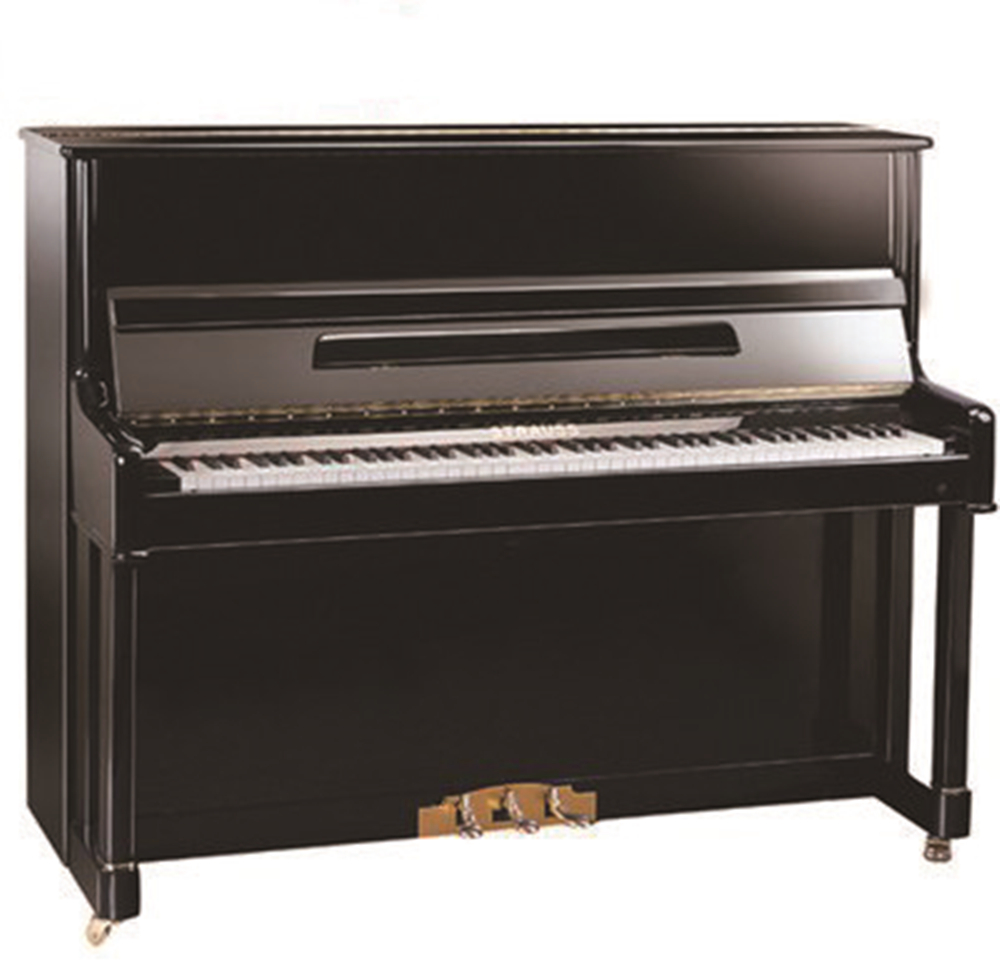Chen Danyan: Recovering Our "National Tide at Sea"
"Since the 1960s, the light industrial products produced in Shanghai have experienced unprecedented prosperity in the next 30 years, just like the sudden arrival of midsummer, the irresistible bright sun."
In the memory of Chen Danyan, a Shanghai writer, once all China sneakers were the best-looking warrior in Shanghai, all China butterscotch was the most fragrant white rabbit in Shanghai, and all China quilts and quilts were more respectable and solid in Shanghai. Gradually, Phoenix brand bicycles replaced British Blue Ridge bicycles, Butterfly brand sewing machines replaced American Singer sewing machines, and Shanghai brand films replaced European and American Aikefa and Kodak. A foreigner will take home all the daily necessities he bought in Shanghai. The travel bag he uses is light and strong, with the skyline of the Bund printed on it. The bag is also from Shanghai and is called "Shanghai Brand".
It is these local brands in Shanghai that jointly safeguarded the decency of Chinese people’s daily life in the last century. Now it’s been 30 years, what about those old brands in Shanghai? Since the second half of 2019, Chen Danyan has successively investigated the history and present situation of 40 old brands of light industry in Shanghai, and found that some of them have opened up a new world in line with the trend of the times, some have disappeared in the years, and some have struggled to make ends meet. As a supplement to the new edition of Shanghai in Chen Danyan, this part is presented in an independent chapter.
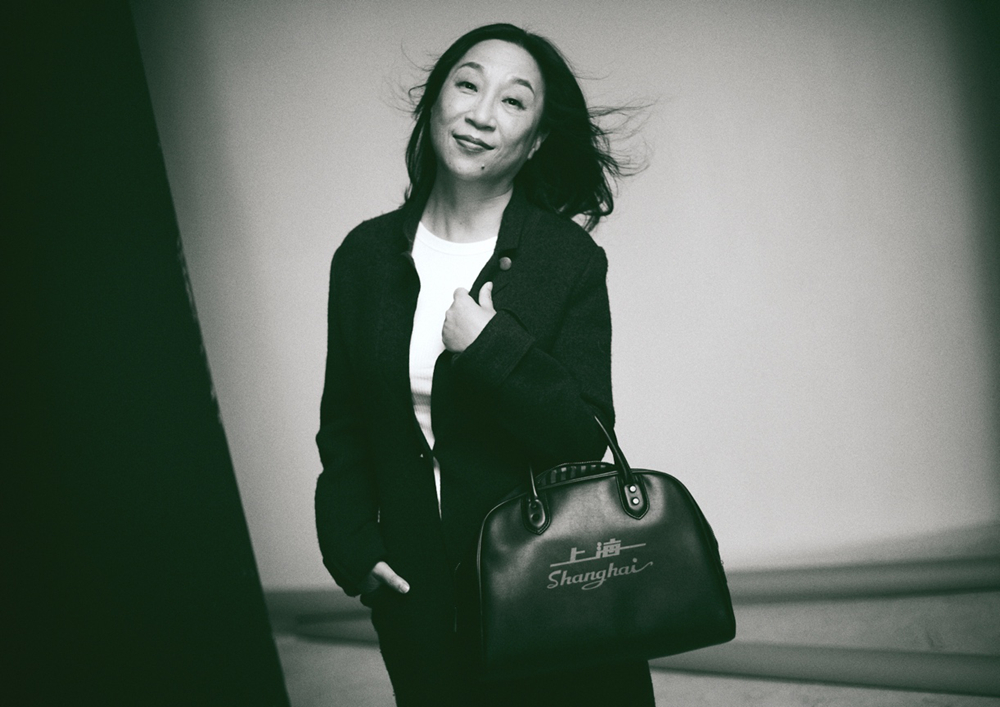
On February 25th, "What’s Shanghai like in Chen Danyan?" The sharing meeting will be held in the library. Looking at Chen Danyan’s "Shanghai brand all-steel watch", "Butterfly brand sewing machine", "Phoenix brand bicycle" and "Jinxing brand TV set" released in PPT, the readers were full of enthusiasm. Some of them are Shanghai natives, and they talk about what they saw when they were children. Some came from other places, saying that her parents had recalled the scene of shopping in Shanghai when they got married, and the couple specially came to Shanghai to buy a pair of Shanghai brand watches when she got married; Some were German students who came to China in the 1970s, and he still brings back several big bags of white rabbit toffee at the request of German relatives and friends. Others even suggested that Shanghai should set up a museum of light industrial products, and display all the old objects produced in Shanghai one by one, so as to jointly commemorate the time when materials were scarce but practical and romantic.
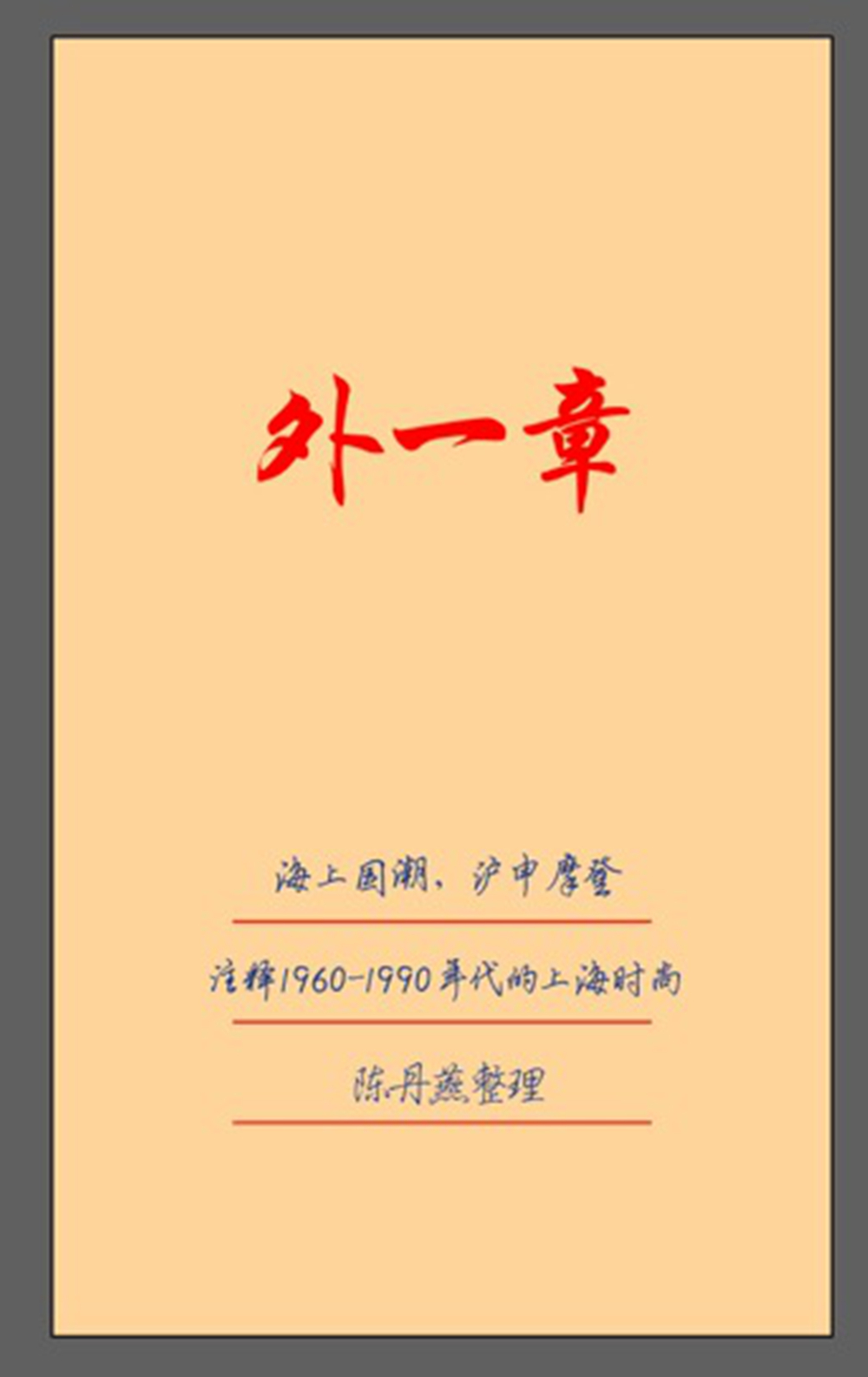
The life of an era
In fact, these 40 old brands can be found in Chen Danyan’s works. In Shanghai’s nonfiction trilogy (Shanghai’s romance, Shanghai’s golden branches and jade leaves, Shanghai’s legacy of beauty) and the Bund’s nonfiction trilogy (The Bund: Images and Legends, The Maze of Public Gardens, Becoming a Peace Hotel), Chen Danyan intentionally or unintentionally left many detailed and accurate information about objects.
For example, The Bund: Images and Legends published in 2008 wrote: "Her fiance bought a full set of high-quality household items in the Friendship Store for her family: Shanghai brand all-steel watch, Butterfly brand sewing machine, Phoenix brand bicycle and Venus brand TV set." Another example is: "Countless quilts with blue uniforms and red flowers are flying in the wind, and sometimes you can see the pure wool blanket of Phoenix brand, weaving a pattern of small flowers on all sides of a big flower group. That was the most conspicuous blanket of the year, because it was the blanket laid on the bed when Jinjiang Hotel received the President of the United States. "

"When I first wrote these six books, I didn’t expect that one day, I would get to the bottom of these old Shanghai brands that appeared in the books. At that time, they were written in detail, mainly because they were non-fiction works and demanded more details than novels. When I did a good job of research and wrote a sentence of comments for them, I found that we could gain insight into the face of Shanghai living in that era. " Chen Danyan told The Paper that they are not only the material life of Shanghainese, but also the spirit of Shanghai.
In the process of investigation, she found Huang Mingxu, the former party secretary of Shanghai Pencil Factory No.2, to check the historical materials. Huang Mingxu is over the age of seventy, and he doesn’t know much about computers. However, he was very excited when he learned about Chen Danyan’s purpose, and told her that he would definitely help her, because no writer had ever asked him to know about the history of light industry in Shanghai-even though it was a glorious history.
Huang Mingxu is still the editor-in-chief of Shanghai Light Industry Chronicle, and he is in charge of tracing the history of Shanghai Light Industry.
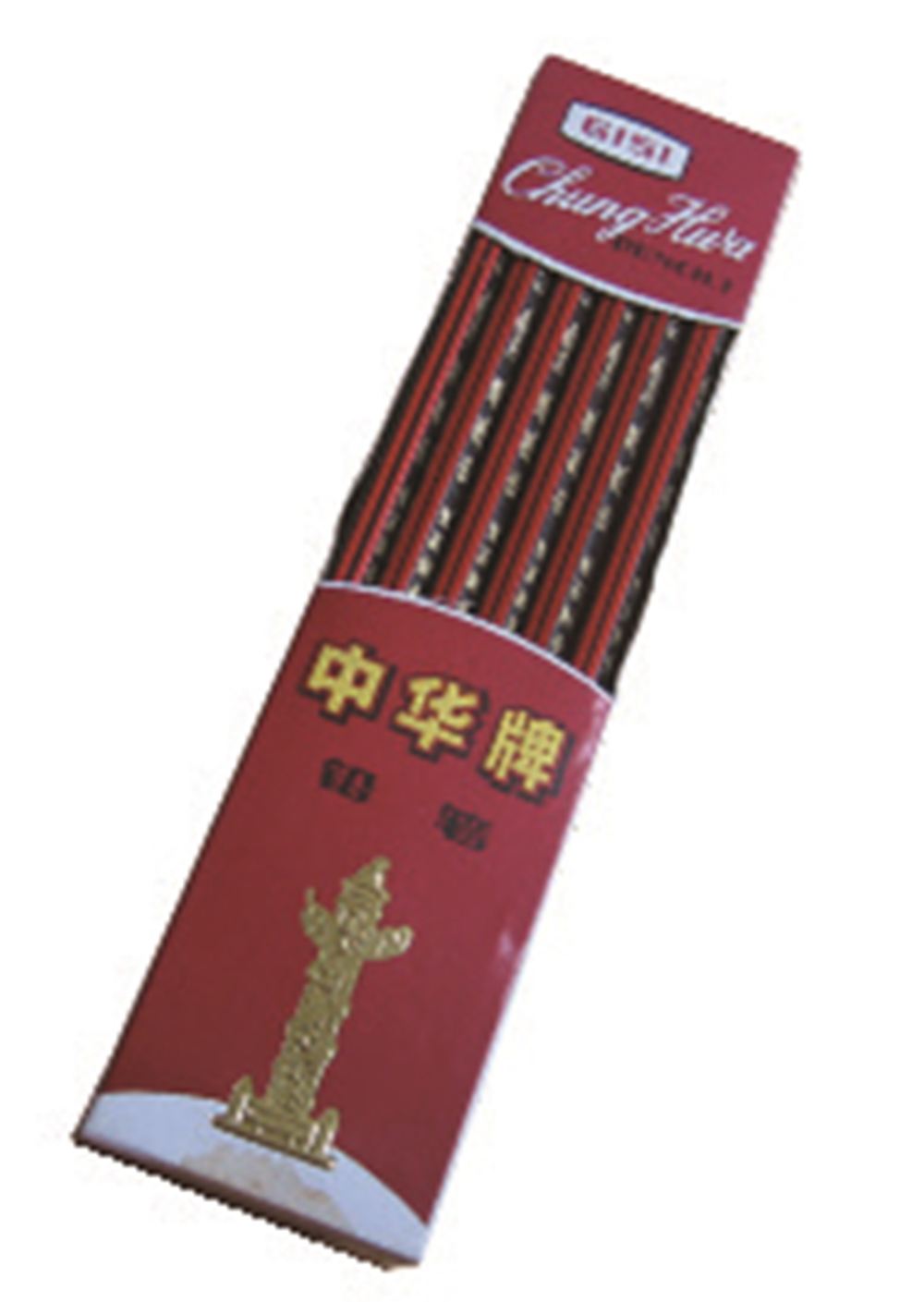
"Most of these old Shanghai brands emerged around the 1960s. At that time, everyone had a strong desire to contribute more to the construction of this country." Later, Chen Danyan discovered that there was an almost naive optimism, a kind of temperament of "let’s paddle" desperately. This spirit and temperament are shown in bright blue, red, yellow and changeable green. Especially for the use of green, grass green reminds people of the genuine trousers of teenagers in the 1970s, while gray green reminds people of the special green in the Shanghai Month brand.
"Shanghai is a city that maintains and respects daily life, but its spirit has always had the ideal of being one in the world and walking side by side with Britain and the United States." Chen Danyan said.
A simple and naive beauty
In Chen Danyan’s view, Shanghai’s light industrial products and handicrafts have actually provided a socialist city lifestyle in the long process of urbanization transformation in China. However, after the reform and opening up, the lifestyle brought by China’s own handicrafts and light industrial products, as well as people’s thinking and practice in daily life, gradually disappeared from the products provided by supermarkets and luxury goods markets all over the world.
Let’s talk about the "Shanghai bag" that is all the rage. With the gradual opening of the luggage market in 1990s, brands all over the world sold in Chinese mainland, and Shanghai brand bags were gradually discontinued. When Chen Danyan began to look for its trademark right, it found that "Shanghai Brand Bags" did not exist and could not register trademark patents. Later, she went to find its manufacturer, and also found the Shanghai Leather Luggage Factory, which was the most likely and should be the manufacturer in that year. But no one in the whole factory knew the production details, except that it was the planned economy era in Shanghai when this kind of bag was sold nationwide, and the Shanghai Light Industry Bureau sent orders to various factories in Shanghai for production, and the products were uniformly distributed and sold by the state.
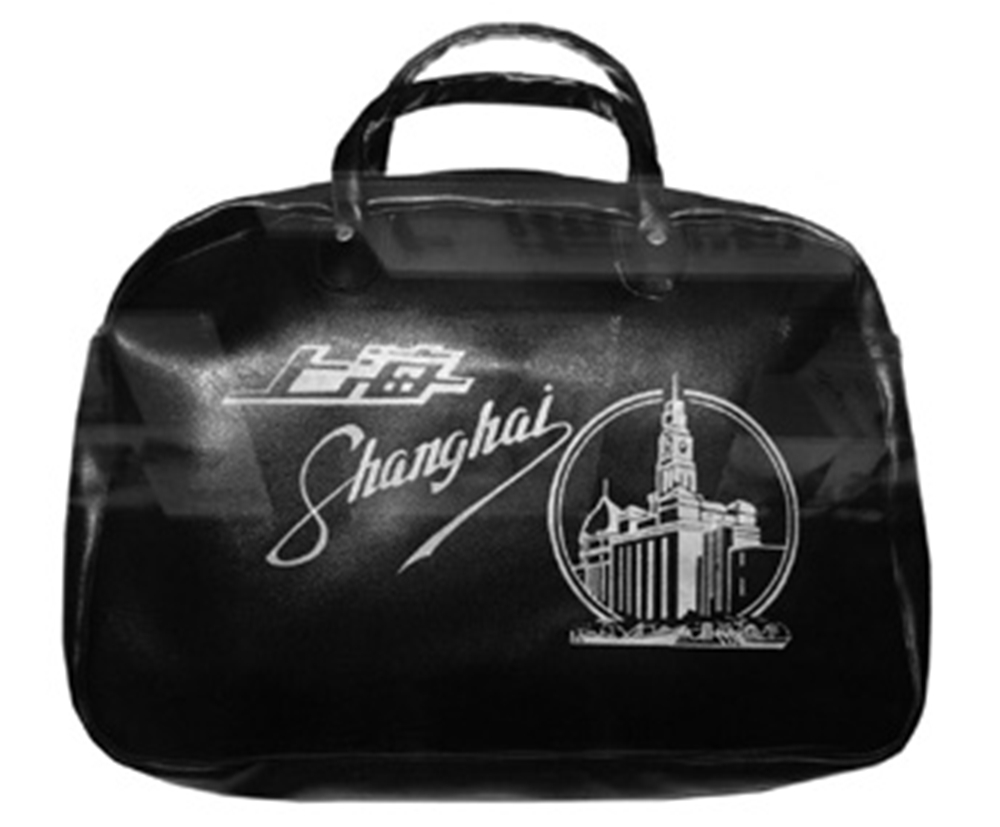
Many other old brands that have existed so far have also changed from the original "trendy benchmark" to "standard for middle-aged and elderly people". "At that time, the economic life was not developed, and the product first pursued practicality and durability, and then it was fashionable and beautiful." So she thought, is it possible to make those once popular products fashionable and beautiful, and make them become brands acceptable to everyone, especially young people?
In this way, Chen Danyan began his first attempt-redoing the bag printed with the word "Shanghai". In The Bund: Images and Legends, she once wrote about this kind of Shanghai brand bag: "The sketches of the skyline of the Bund buildings were printed on all kinds of artificial leather bags produced in Shanghai from 1960s to 1980s for the first time, and the word’ Shanghai’ was printed above the skyline. This style is simple, strong and durable, and it is equipped with zippered bags and travel bags. Because of its good quality, it is welcomed by Chinese. In the deep hinterland of China, it is a symbol of fashion. "
Chen Danyan’s new bag still uses the word "Shanghai", but it has made changes in shape and accessories to adapt to the current aesthetics, and has also made more explorations in material diversification. "When people see it at first sight, they will immediately feel that this is the bag my mother took when she was a child. This is the bag my father took when he was a child. There are very warm memories of our generation. I will think that when this bag is opened, it is the big steamed bread they brought back from the canteen, then the Reference News, and occasionally the white rabbit toffee. "
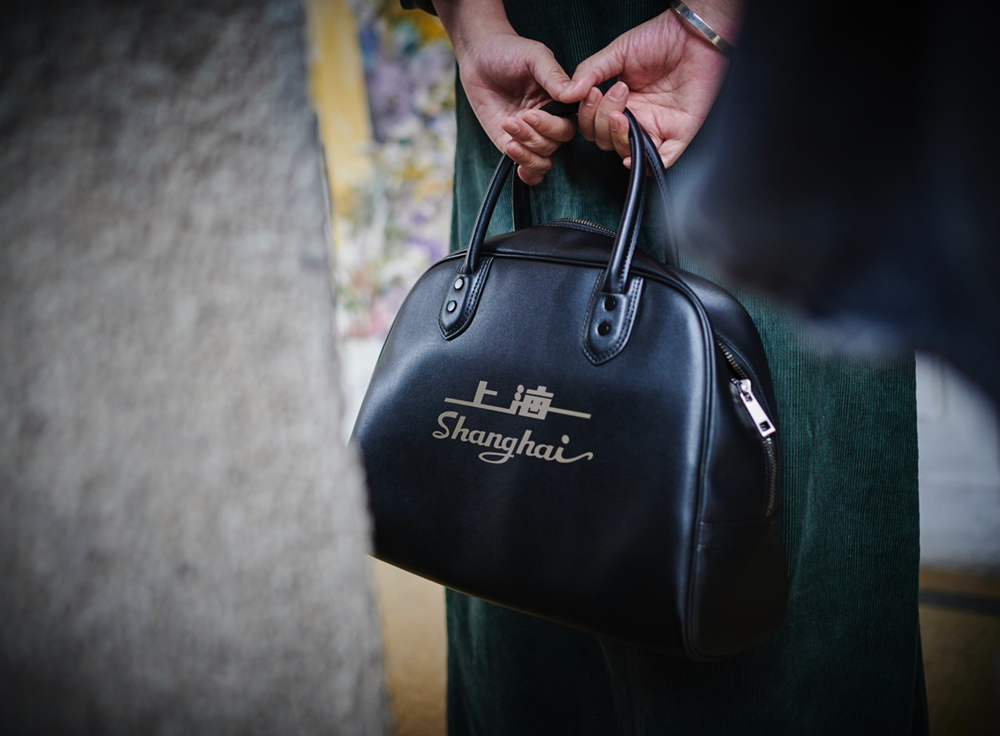
"I think we can slowly leave the part of our lifestyle that has a common memory. They are urban heritages that are easier to disappear than buildings, but more likely to resonate. If we can do this, the lifestyle of this city is both economical and practical, as well as our simple and naive beauty. " She told the The Paper reporter, "I hope that our domestic products in Shanghai can return again and be regarded as the national trend by more young people. Only in this way can these old brands consciously adapt to the current aesthetics, not only satisfied with’ living’, but also pursuing’ living well’. "
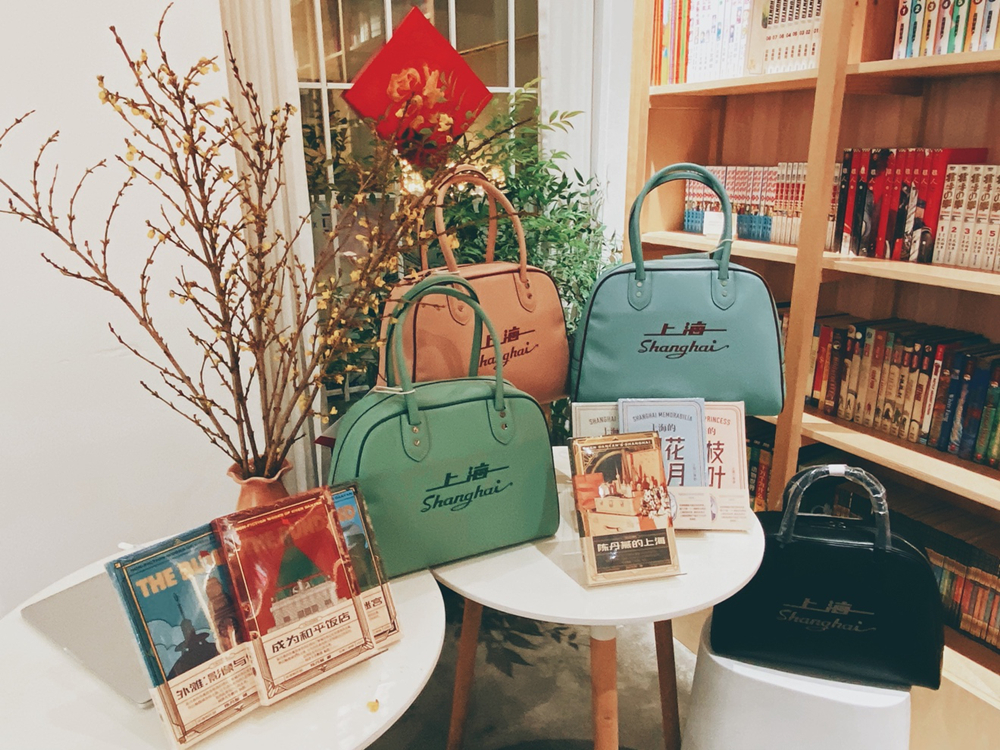
[Attachment] Notes made by Chen Danyan for Shanghai brand in Shanghai, Chen Danyan (part)
Shanghai brand watch
In July, 1955, the Shanghai Light Industry Bureau organized 58 masters in the watch industry in Shanghai to fight day and night for more than 50 days, and made 18 prototypes of fine horse and waterproof mechanical watches by hand, which should be regarded as the ancestor of China watches. In 1958, Shanghai Watch Factory officially established a factory and produced the first batch of Shanghai brand watches. On July 1st, 1958, Shanghai brand watches were listed in the third department store in Shanghai, and customers queued to buy them, which became a fashion in China for a while. In the late 1960s, the technicians of the watch factory selected a word "Shang" and a word "Hai" from Mao Zedong’s handwriting, and put them together into a hair style. This "Shanghai" trademark has been in use ever since. In the 1960s, Chinese, who wore a watch, had a Shanghai brand watch flashing "self-reliance" on every four wrists.
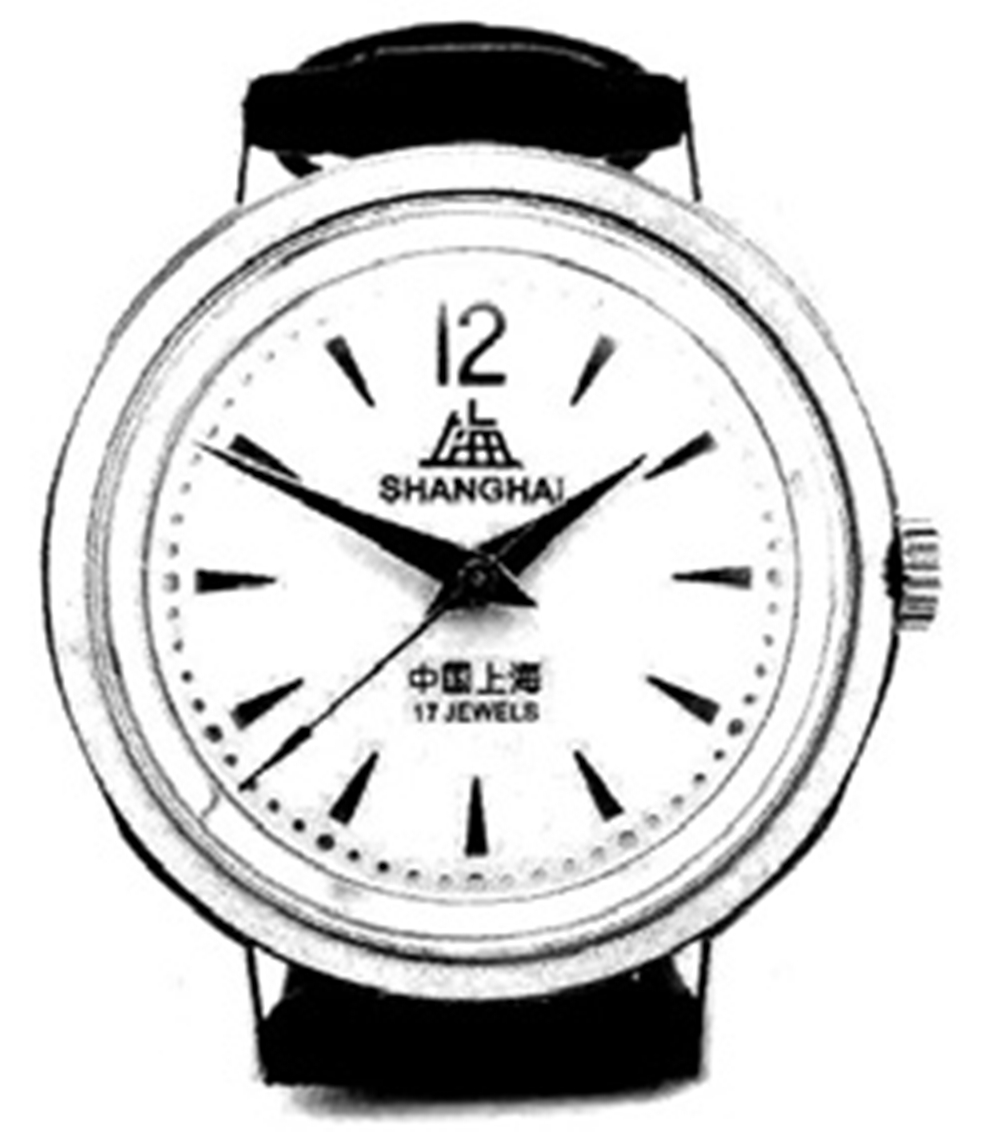
Seagull license camera
In the early 1960s, China’s national defense, public security, news, medical care, scientific research, sports and other fields urgently needed domestic advanced SLR cameras. In the case of a rather weak industrial base, Shanghai Camera Factory was ordered to successfully develop the first advanced SLR camera in China-Shanghai DF-7 in 1964. As the first advanced SLR camera in China, Seagull camera has been well-known at home and abroad since 1960s. In that era when food and entertainment were scarce, owning a seagull license camera could make you the coolest person in Shanghai.
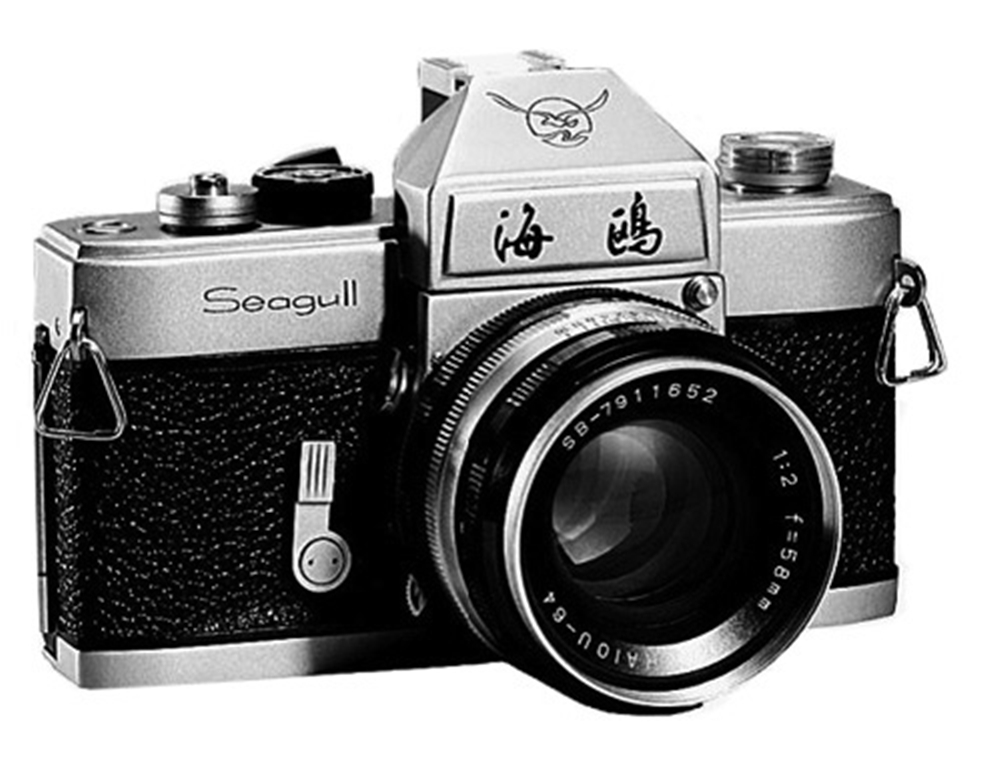
Phoenix bicycle
Phoenix bicycle originated from Tongchang bicycle shop, the first bicycle shop in China in 1897, with a history of one hundred years. In May 1958, Shanghai No.3 Bicycle Factory was established, and the brand was born in the late 1950s. In the process of development, its technology is mainly independent research and development, pursuing innovation. In 2010, we reformed the system, built our own production base, and built a perfect production and supply system. Since the trademark "Phoenix" was marked on January 1, 1959, nearly 200 million consumers around the world have chosen Phoenix bicycle products.
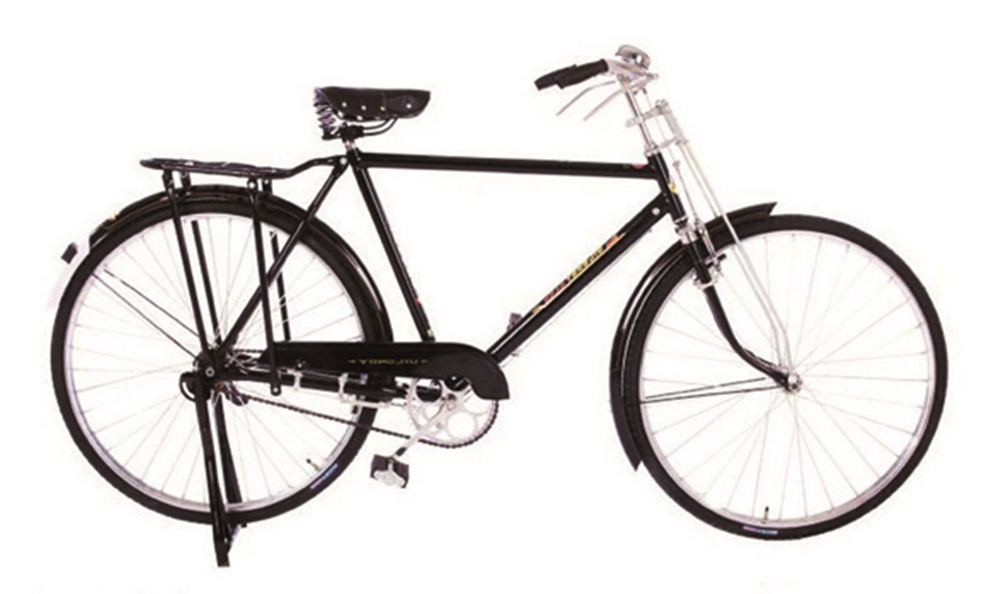
Butterfly sewing machine
In 1927, China’s first domestic sewing machine was born in Xiechang Sewing Machine Factory, named "Red Lion Brand". In 1940, "Red Lion" was renamed "Golden Lion". In 1946, the "Golden Lion Brand" was renamed as "Invincible Brand", which means "Beating the invincible hand in the world". In 1966, in order to avoid the suspicion of "four old" and to unify the names of Chinese and English trademarks in domestic and foreign trade, "Invincible Brand" was renamed "Butterfly Brand". In the 1970s and 1980s, it was a great honor for anyone to have a butterfly or bee sewing machine, and they were also the most important dowry for a married woman.
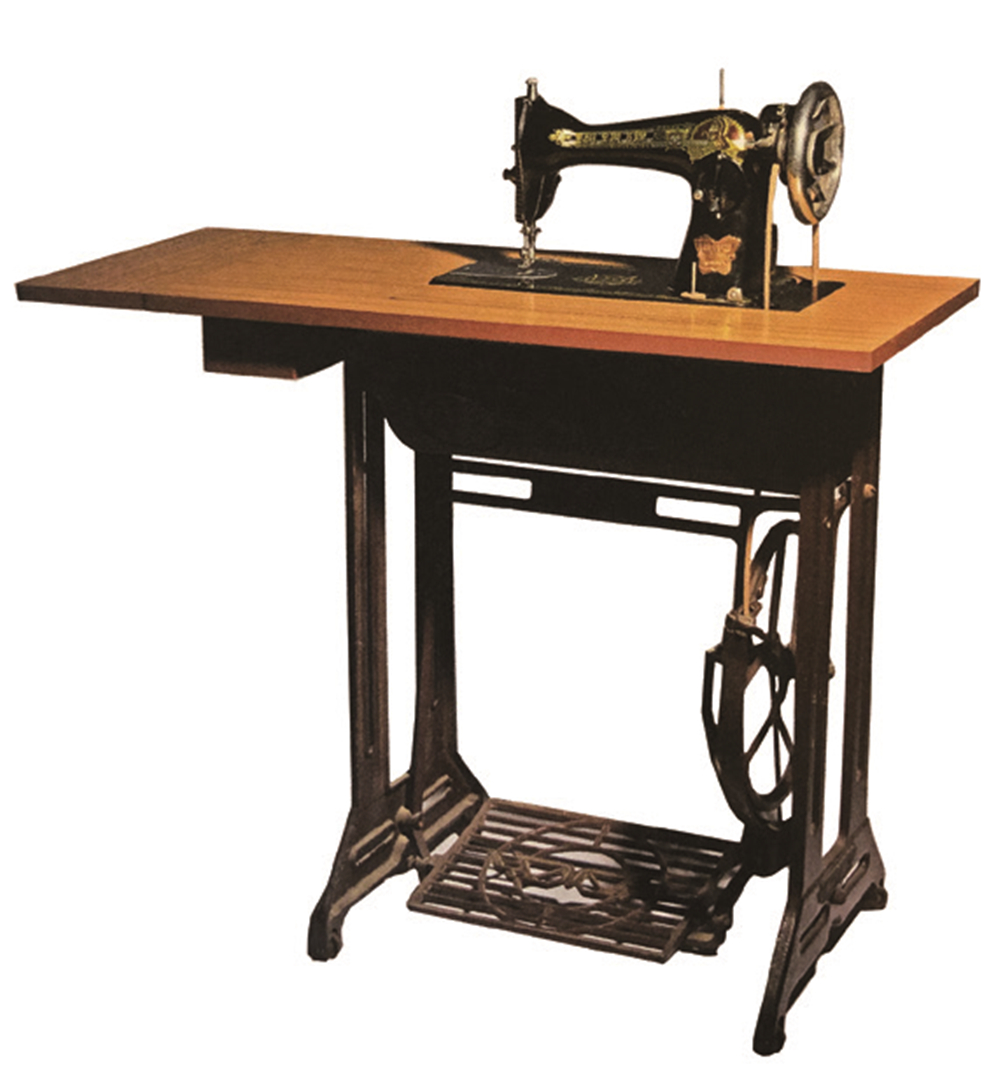
Jinxing brand color TV
Jinxing brand color TV is a famous brand product of the former Shanghai TV Machine Factory (now Shanghai Radio and Television Group Co., Ltd.), which once had quite high praise and popularity. In 1978, the state approved Shanghai TV Machine Factory to introduce the first color TV production line in China. In October 1982, the color TV production line was officially completed, producing Jinxing brand color TV. Since then, Venus, as a landmark product in Shanghai, has won various national honors. In 2000, Jinxing brand color TV was eliminated in the market competition. In 2003, Jinxing brand color TV stopped production.

Baiyu toothpaste
Baiyu toothpaste is the oldest domestic toothpaste sold in the market so far, with a history of nearly 90 years, which is produced by Shanghai Toothpaste Factory. Its predecessor was China Chemical Industry Society founded in 1912. The first toothpaste in China-Samsung brand toothpaste is produced by this factory. In 1967, it was changed to Shanghai Toothpaste Factory, which is the birthplace of China Toothpaste Industry. Toothpastes with different names were produced all over China in 1950s, and most of them were obtained from Shanghai Toothpaste Factory.
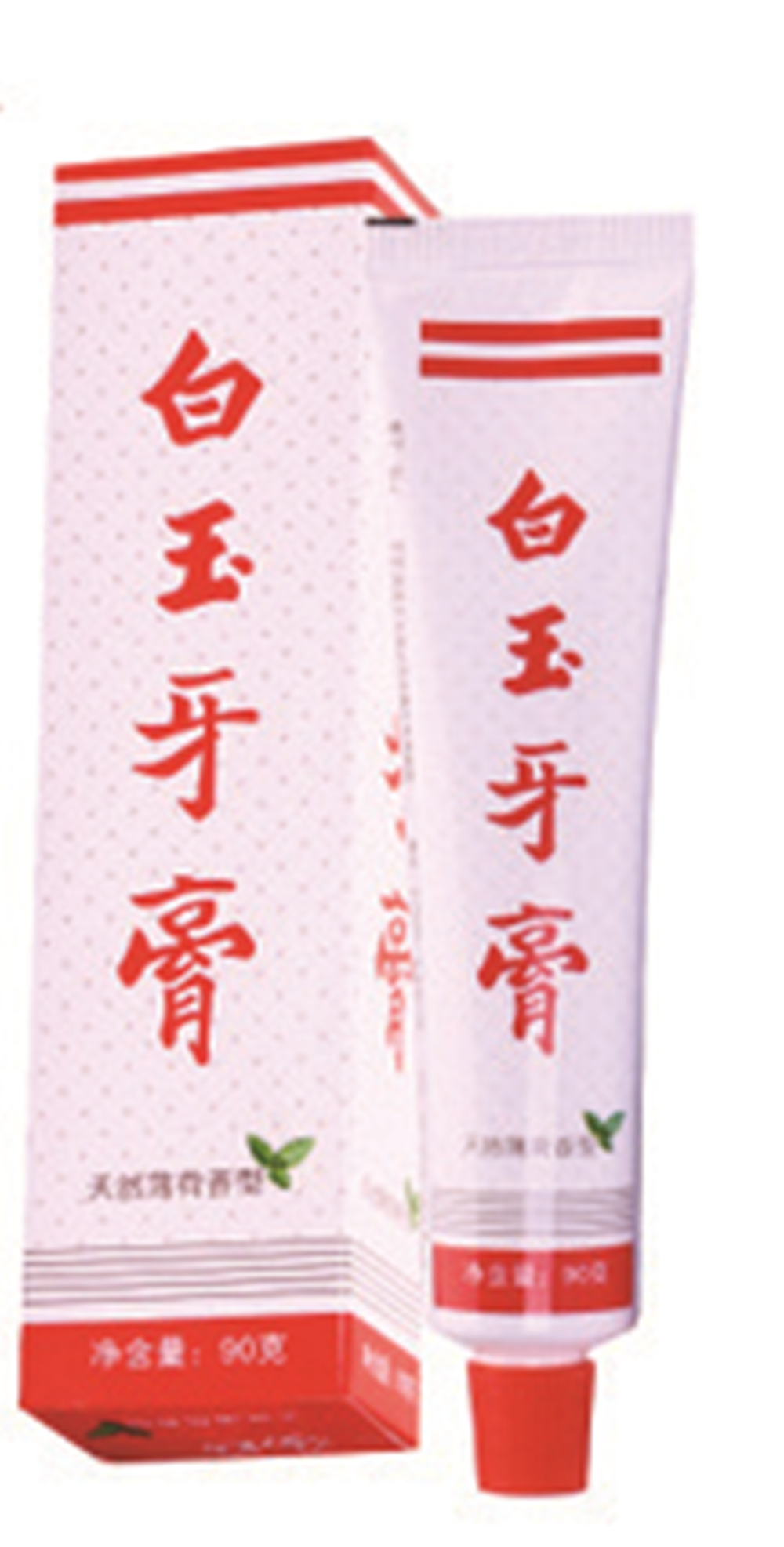
Taikang yellow card spicy soy sauce
At the end of 19th century and the beginning of 20th century, the use of spicy soy sauce was extended from western food to other foods in Shanghai. Spicy soy sauce is used in fried pork chops in Shanghai western food and in Luo Songtang. Local food, such as raw fried steamed bread, ribs rice cake and dry fried hairtail, is sometimes dipped in spicy soy sauce. In 1933, Meilin Canning Co., Ltd. first produced spicy soy sauce in Shanghai, using Meilin brand Golden Shield trademark; In 1960, the spicy soy sauce product line of Meilin Canning Co., Ltd. was handed over to Taikang Food Factory for production, renamed as "Shanghai Spicy Soy Sauce" and changed to Jinji brand trademark. In 1990, the Golden Rooster brand of Taikang Factory was changed to Taikang Yellow Card and Taikang Blue Card. Taikang spicy soy sauce is still produced and sold in Shanghai.
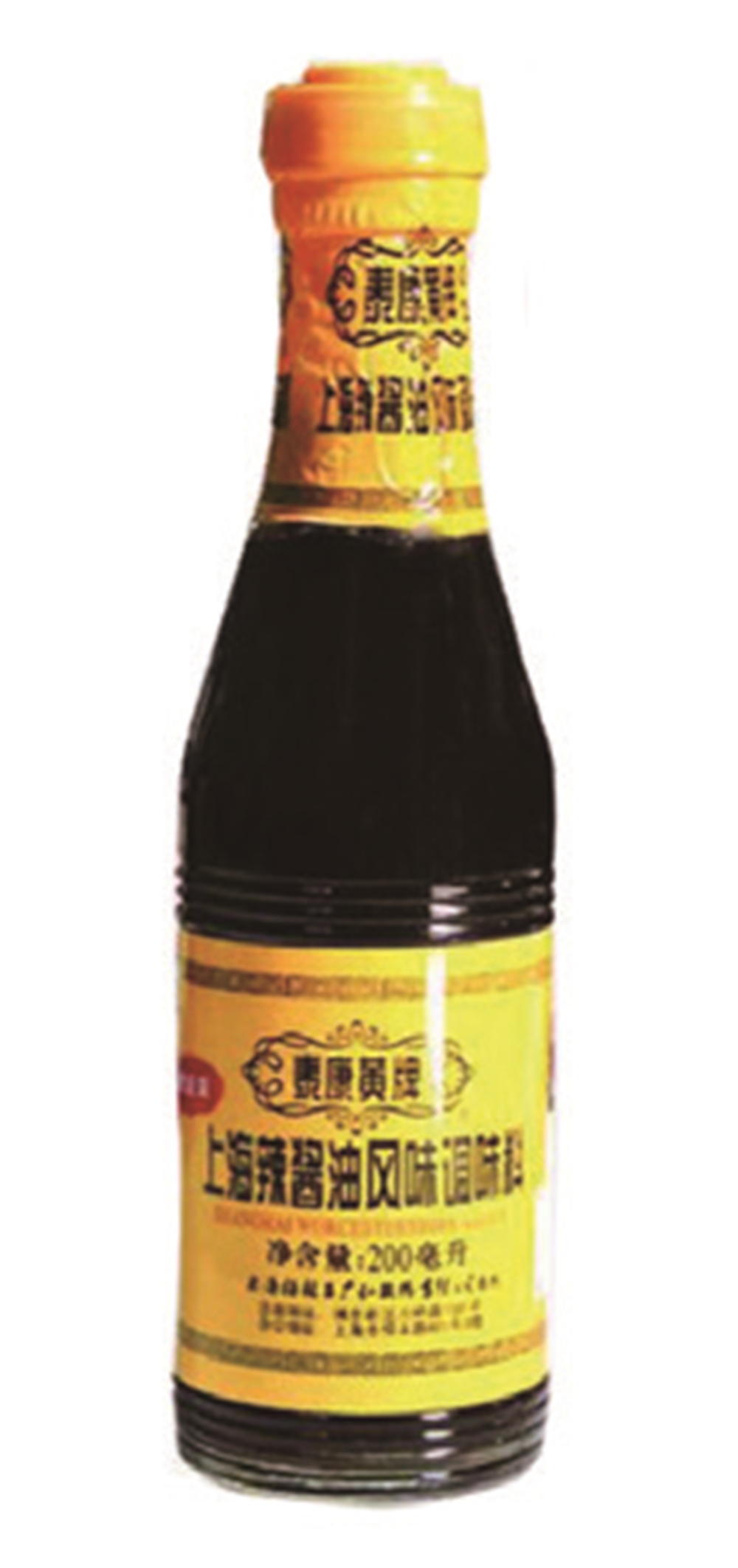
Sullivan cookies from Yimin food factory
Sullivan biscuit is a biscuit brand produced by American Sullivan Candy and Biscuit Co., Ltd., which was founded in 1922. Sullivan Company mainly produces and distributes candy, biscuits, bread and other foods, which are very popular in Shanghai. In 1954, Sullivan Company was renamed Shanghai Yimin No.4 Food Factory. Most of Sullivan biscuits were renamed Taikang biscuits and continued to be welcomed by the public. In 1997, Yimin No.7 Factory and other parts were reorganized into Shanghai Guanshengyuan Yimin Food Co., Ltd. to continue to produce biscuits and sweets.
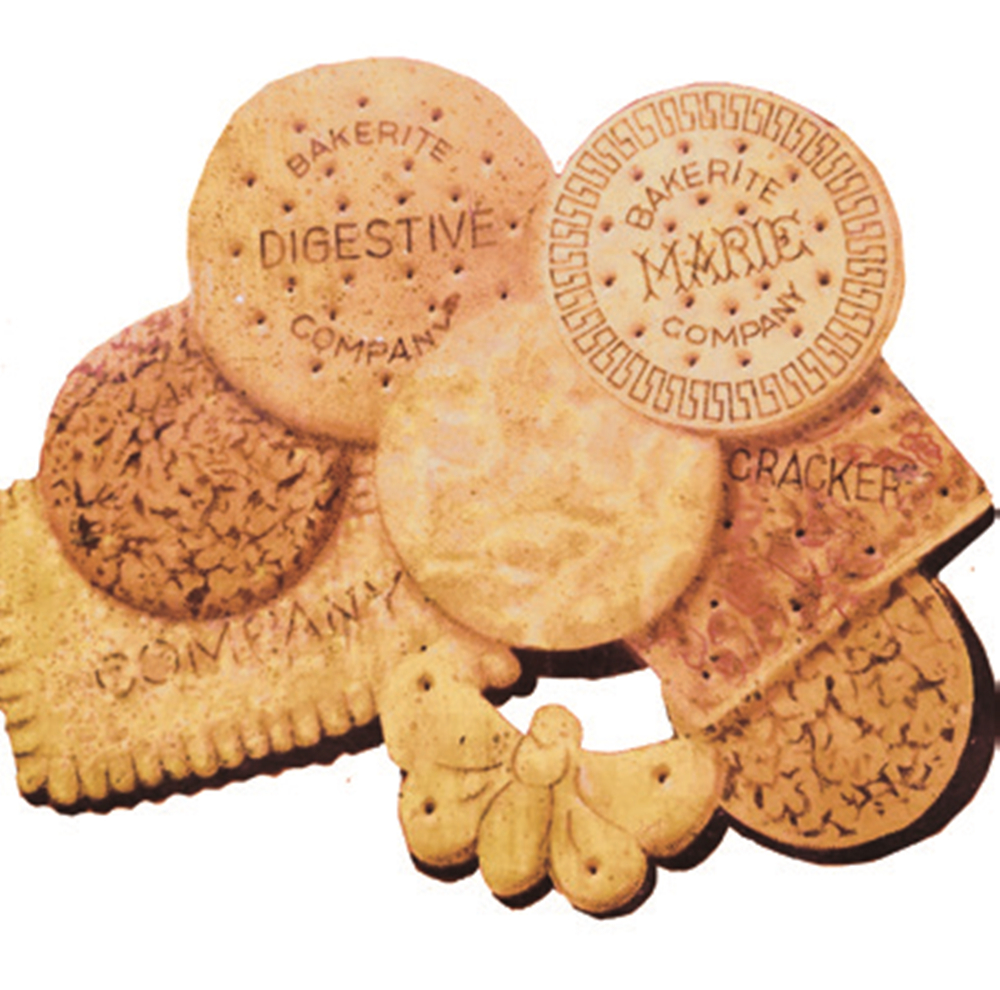
strauss
Shanghai is the birthplace of Chinese musical instrument manufacturing industry. Shanghai Piano Co., Ltd., founded in 1895, is the first piano manufacturing enterprise in China. In 1916, Strauss piano registered its trademark in Shanghai. In 1958, the first piano produced by China’s national industry, the Strauss piano, was born here. In 1963, the company presided over the drafting and formulation of the first piano industry standard in China.
